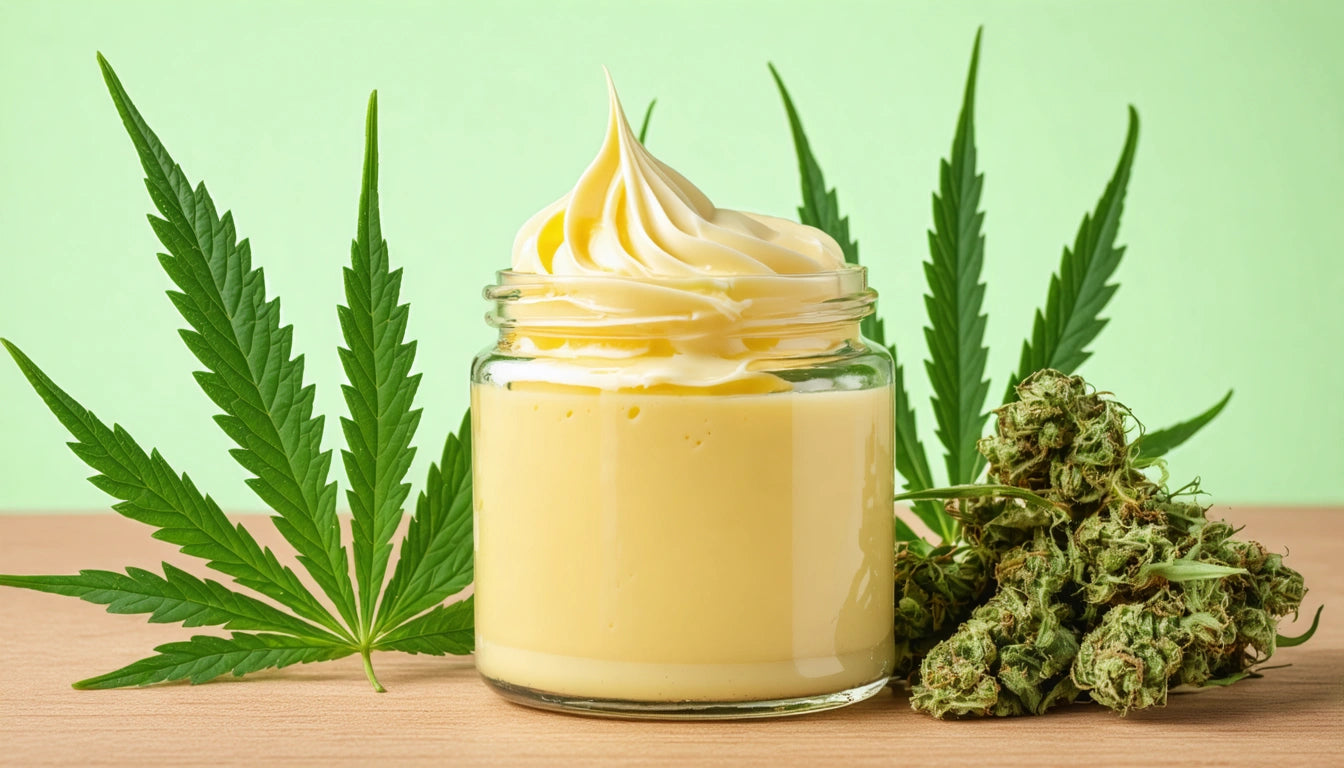Table of Contents
Understanding Urine Tests: What They Reveal and Factors That Can Affect Results
Urine testing remains one of the most common and versatile diagnostic tools in both medical and employment settings. These tests can reveal a surprising amount of information about a person's health, lifestyle choices, and potential substance use. Understanding what urine tests show and what factors might influence their results can help individuals prepare appropriately and interpret findings correctly.
What Urine Tests Reveal: Common Components Analyzed
Urine tests are designed to detect various substances and biomarkers that provide insights into a person's health status or potential substance use. According to comprehensive detection guides, standard urine tests typically examine:
- Drug metabolites (THC, cocaine, opiates, amphetamines, etc.)
- Protein levels (indicating kidney function)
- Glucose (potential diabetes indicator)
- pH levels (acidity/alkalinity balance)
- Specific gravity (concentration of particles)
- Blood cells (potential infection or kidney issues)
- Creatinine (kidney function marker)
Medical urinalysis can detect early signs of various conditions including urinary tract infections, kidney disease, liver problems, and diabetes. Meanwhile, drug screening tests specifically target metabolites of controlled substances.
Types of Urine Tests and Their Applications
Standard Medical Urinalysis
This basic test examines physical characteristics (color, clarity), chemical composition, and microscopic elements in urine. It's commonly performed during routine physicals and when diagnosing various medical conditions.
Drug Screening Tests
Employment-related or legal drug tests typically use immunoassay screening followed by confirmatory testing if initial results are positive. Understanding these processes helps clarify how substances are detected and measured.
Specialized Tests
More specialized urine tests can detect pregnancy hormones, bacterial presence, sexually transmitted infections, and even certain cancers through biomarkers. Contrary to common misconceptions, standard urine tests do not detect sperm, though specialized tests can identify seminal fluid components in specific forensic applications.
Factors That Can Affect Urine Test Results
Multiple variables can influence what shows up in urine tests and potentially lead to false positives or negatives:
Medications and Supplements
Certain prescription medications, over-the-counter drugs, and dietary supplements can trigger false positives on drug screening tests. Common culprits include:
- NSAIDs (ibuprofen, naproxen)
- Antihistamines
- Antidepressants
- Antibiotics
- Decongestants containing pseudoephedrine
- CBD products potentially containing THC
When preparing for drug testing, it's important to disclose all medications to testing administrators. Our industry has seen how even premium pre-roll packaging products can sometimes contain trace amounts of substances that might affect sensitive tests, which is why quality control is essential in cannabis-adjacent industries.
Food and Beverages
Certain foods and drinks can alter urine composition or trigger false readings:
- Poppy seeds (potential opiate false positive)
- Tonic water (quinine can trigger false positives)
- Excessive vitamin B supplements (color changes)
- Riboflavin (fluorescence under certain test conditions)
Hydration Levels
Extremely diluted urine from excessive water consumption can mask the presence of some substances or trigger test flags for dilution. Conversely, concentrated urine from dehydration can show higher levels of certain metabolites.
Specific Substances: What Shows Up in Urine Tests
Different substances remain detectable in urine for varying timeframes based on factors like metabolism, frequency of use, and test sensitivity. Comprehensive drug screens typically detect:
Cannabis (THC)
THC metabolites can be detected for 3-30+ days depending on usage patterns. Occasional users may test clean after 3-5 days, while heavy, chronic users might test positive for weeks or even months in extreme cases. Multiple factors influence detection windows for cannabis specifically.
Alcohol
While breathalyzers are more common for alcohol testing, specialized urine tests can detect alcohol metabolites like EtG for 12-80 hours after consumption. Standard drug panels don't typically include alcohol unless specifically requested, as explained in alcohol detection resources.
Other Substances
Detection windows vary significantly:
- Amphetamines/methamphetamine: 1-3 days
- Cocaine: 2-4 days
- Opiates (heroin, morphine): 1-4 days
- Benzodiazepines: 3-6 days (up to 30 days for long-acting varieties)
- MDMA/Ecstasy: 2-4 days
- Methadone: 2-7 days
- PCP: 7-14 days
These timeframes represent averages and can vary based on individual metabolism, dosage, and frequency of use.
Preparing for Accurate Results: Best Practices
To ensure the most accurate urine test results and avoid potential issues, consider these recommendations:
- Disclose all medications and supplements to testing administrators
- Maintain normal hydration (neither excessive nor insufficient)
- Avoid foods known to trigger false positives before testing
- Follow proper collection procedures (mid-stream sample, proper container)
- Understand your rights regarding testing protocols and confirmatory testing
- Be aware of substances that might cross-react with testing reagents
For those concerned about how urine tests work and what they detect, education about testing methodologies can help alleviate anxiety and ensure proper preparation.
Understanding what urine tests show and the various factors that can affect results empowers individuals to approach testing with knowledge rather than uncertainty. Whether for medical diagnostics or substance screening, urine testing remains a valuable tool when properly conducted and accurately interpreted.











Leave a comment
All comments are moderated before being published.
This site is protected by hCaptcha and the hCaptcha Privacy Policy and Terms of Service apply.